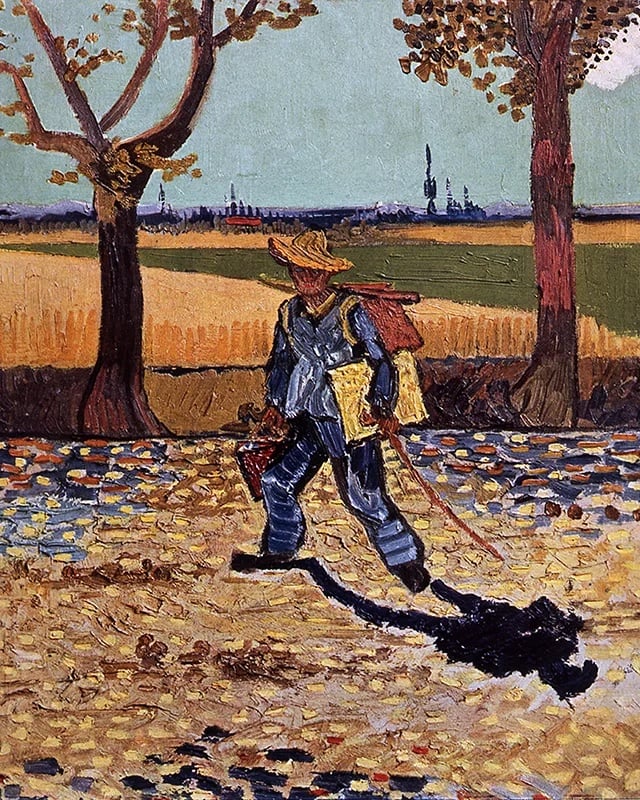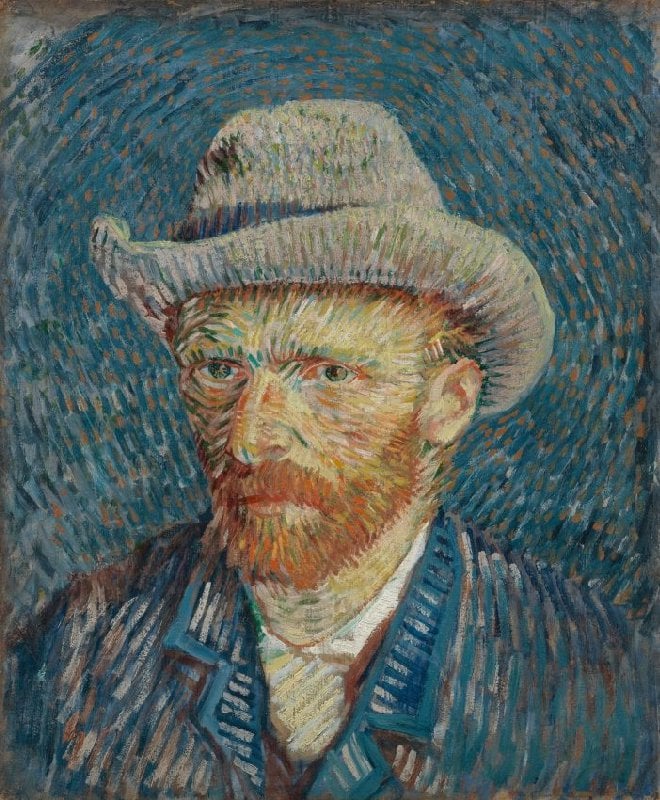Archaeology & History
The Hunt: A Vincent van Gogh Masterpiece That Was Lost to Conflict
Investigators have put forth several theories about what might have become of the rare canvas.

Investigators have put forth several theories about what might have become of the rare canvas.

Tim Brinkhof

The Hunt explores art and ancient relics that are—alas!—lost to time. From the Ark of the Covenant to Cleopatra’s tomb, these legendary treasures have long captured the imaginations of historians and archaeologists, even if they remain buried under layers of sand, stone, and history.
In August 1888, Vincent van Gogh shipped his brother Theo a total of 36 paintings he made while staying in Arles, France. As usual, the struggling painter was extremely critical of himself. “Among them there are many with which I’m desperately dissatisfied,” he wrote in a letter, adding that he only sent them to give his brother a “vague idea” of the place he now called home.
One of these paintings, an 18-by-17-inch oil on canvas self-portrait showing the artist walking down a sunlit road with art supplies in hand, was purchased by the Kaiser Friedrich Museum in Magdeburg, Germany in 1919. Titled The Painter on the Road to Tarascon, it was immortalized in a color photograph taken in the 1930s—a fateful decision on the part of the museum’s staff, as the painting itself may not have survived the World War II.
Having narrowly escaped Nazi Germany’s iconoclasm against Modern and—in its opinion—“degenerate” art, The Painter on the Road to Tarascon was taken out of the museum’s storage and moved to a nearby salt mine to protect it from British bombing. Also located inside the mine was a factory for Luftwaffe BMW jet engines, which burst into flames when American troops entered on April 12, 1945.
The cause of the fire, which burned for two weeks and reduced the mine’s interior to ashes, is still uncertain. Major Michael C. Ross of the Monuments, Fine Arts, and Archives program, better known as the Monuments Men, noted that it had either been started “by displaced persons who entered the cave to loot” or “in the second case, perhaps through the negligence of the US guards,” but that there was insufficient evidence to reach a definitive conclusion. (The Monuments Men and Women Foundation has offered a reward of up to $25,000 for the painting.)

Vincent van Gogh, Self-Portrait with Grey Felt Hat (1887). Van Gogh Museum, Amsterdam (Vincent van Gogh Foundation). His other self-portraits show only his head and shoulders.
Rumor had it these “displaced persons” might have been the captive laborers who worked at the factory, though it’s just as likely that the looting was done by the Nazis themselves. Other possible culprits include local citizens and even American military personnel.
Amazingly, The Painter on the Road to Tarascon is one of only six Van Gogh paintings thought to have been lost or destroyed—an unusual record considering the painter’s productivity. Still, some believe it may still be out there somewhere. Such was the case with Wider Hans Worst, a pamphlet from the German theologian Martin Luther that had also been stored inside the mine, and was miraculously returned to Magdeburg in 1996.
The Painter on the Road to Tarascon occupies an important place in Van Gogh’s oeuvre, as it is the only self-portrait that shows the painter’s entire body instead of only his head and torso. Even if the painting is never recovered, however, we are fortunate to have that photograph.